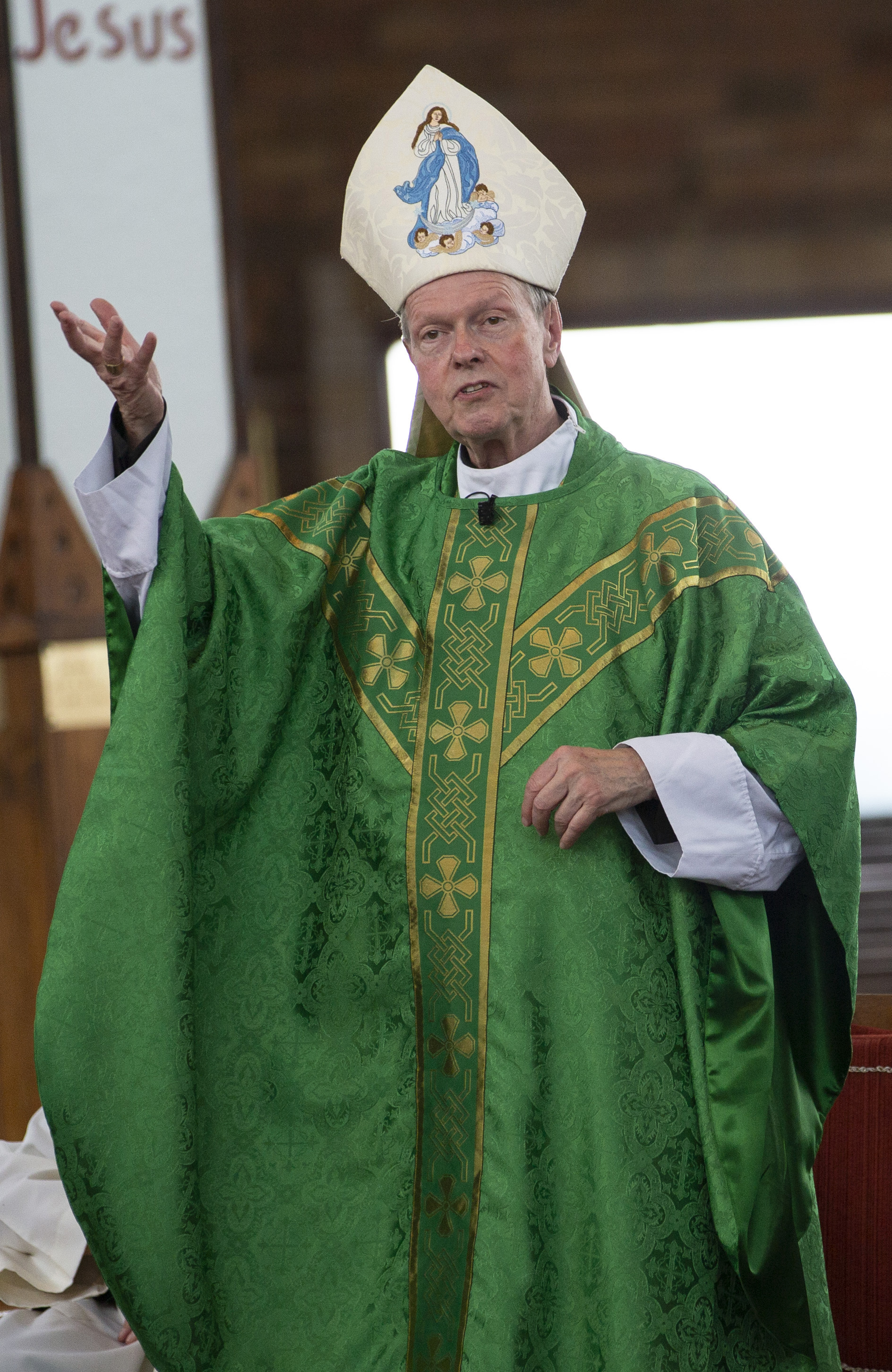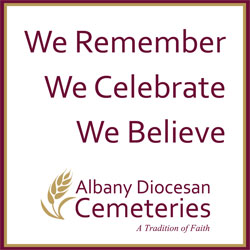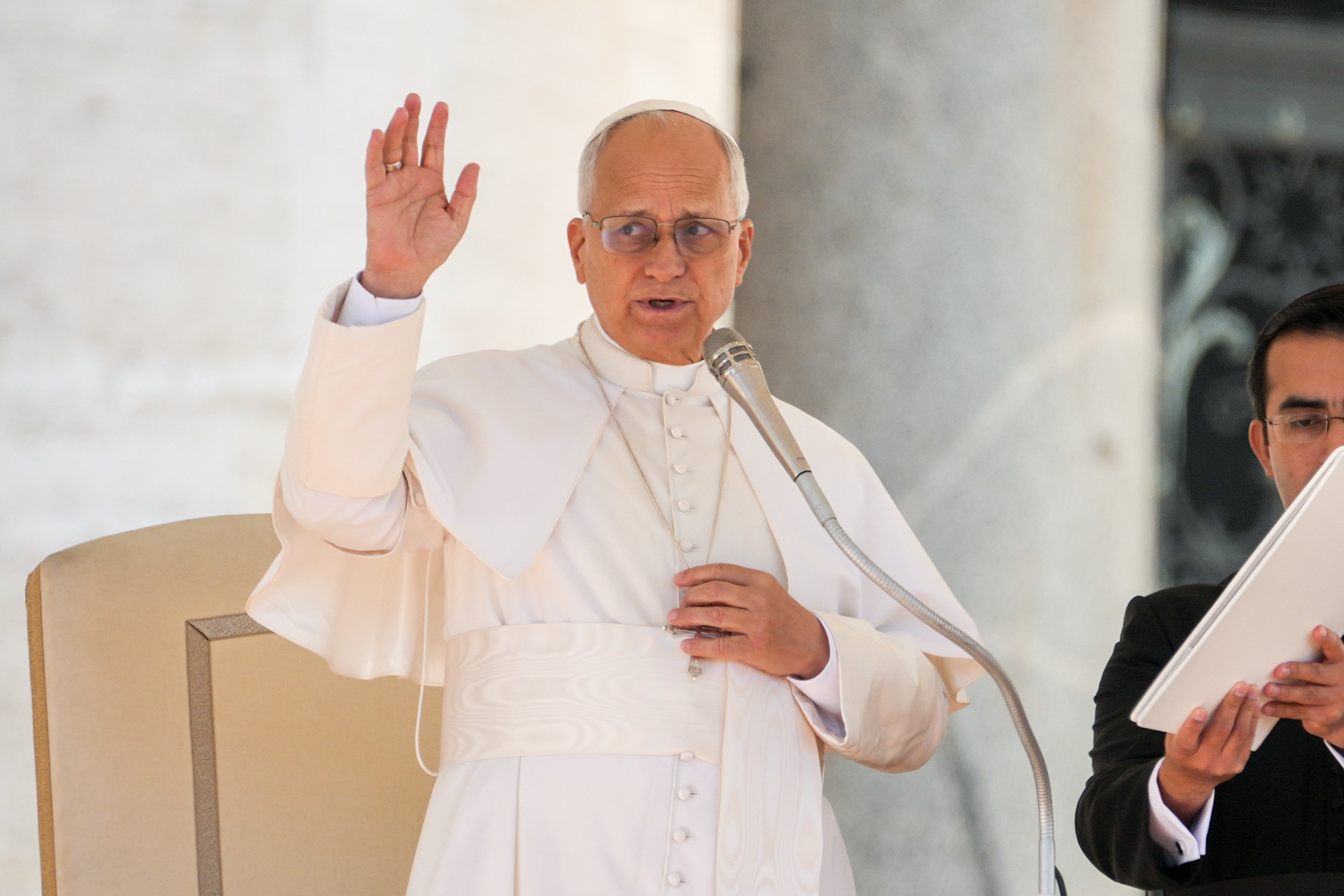April 6, 2018 at 1:53 p.m.
NOTES
On Oct. 23, her husband was in the lobby of his hotel in Rome when he saw someone familiar: Mrs. Larkin's Italian cousin and her entire family (including the family dog), who'd heard the Larkins were in Italy and came to pay a visit.
* On Oct. 23, the pilgrims took a walking tour, stopping at three sites: the Spanish Steps, a lengthy flight of stairs in the Piazza di Spagna built in the 17th century when the Spanish ambassador to the Holy See had his headquarters on the square; Trevi Fountain, where the pilgrims followed the tradition of tossing coins into the water to ensure their return to Rome; and the Pantheon, the legendary Roman "temple of all the gods" designed by the Emperor Hadrian in 118 A.D.
* Several members of the group used their free time to shop. "My son wanted a soccer sports bag, so I ran in" to a store, explained Peg Neri of St. Matthew's parish in Voorheesville, displaying her purchase.
Dave James of St. Pius X in Loudonville was amazed at how accessible the artworks were. At St. Peter in Chains, for example, Michelangelo's statue of Moses is on display just a few feet from visitors: "It's sitting right out in the church!" he exclaimed.
* Leaving St. Peter's Square was an experience for the pilgrims. Mass-goers from other countries had fewer qualms than the Americans about pushing and shoving to get out. A victim of the crunch was Sister Maria Cokely, CSJ, who co-directs Catholic Charities' transportation program. She was pushed off a curb and broke her femur.
* At the Basilica of Santa Maria Maggiore (St. Mary Major), which dates to the 4th century A.D., the guide told the group that tradition has it a local patrician named John and his wife, who desperately wanted a child, were told in a dream that they would have one, but they had to build a basilica at a location where they found snow. That site was the hill where St. Mary Major's is now located.
* Bishop Howard J. Hubbard, who lived in Rome for four years as a seminarian, said that he was enjoying playing tourist. Forty years ago, he saw far fewer visitors because people's budgets just didn't permit the trip, and plane rides to the Holy City were rare. "We came over on a boat, and the trip was much longer," he said. (KB)
(11-02-00) [[In-content Ad]]
- Authentic mysticism is a spiritual gift that bears good fruit, pope says
- Paris commemorates 10 years since terror attacks with Masses, church bells ringing
- Papal charity point man: Meeting the pope brings back dignity, changes lives of the poor
- Pope calls for greater vigilance over children’s access to AI
- US bishops overwhelmingly back ban on ‘gender interventions’ by Catholic health care
- Bishops issue pastoral message on immigration, elect USCCB secretary, approve ERDs
- House approves funding package to end government shutdown; Trump signs measure into law
- Bishop Rhoades elected USCCB secretary; 6 bishops elected to lead key posts
- Organizers highlight unique digital encounter between Pope Leo XIV and American youth
- Bishops approve special message on immigration, condemn ‘indiscriminate mass deportation’







Comments:
You must login to comment.